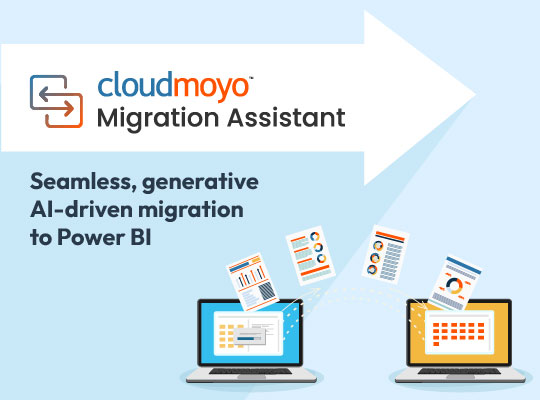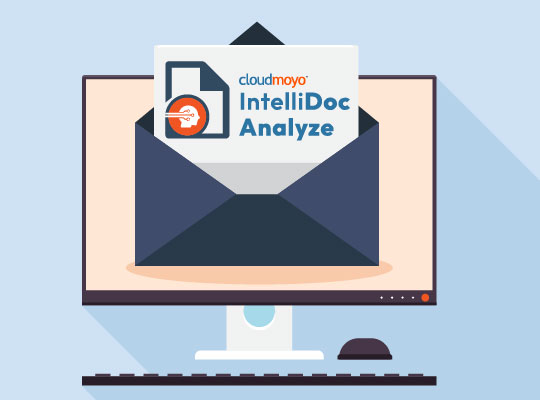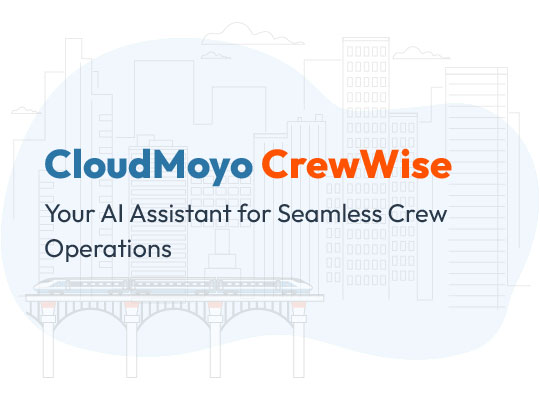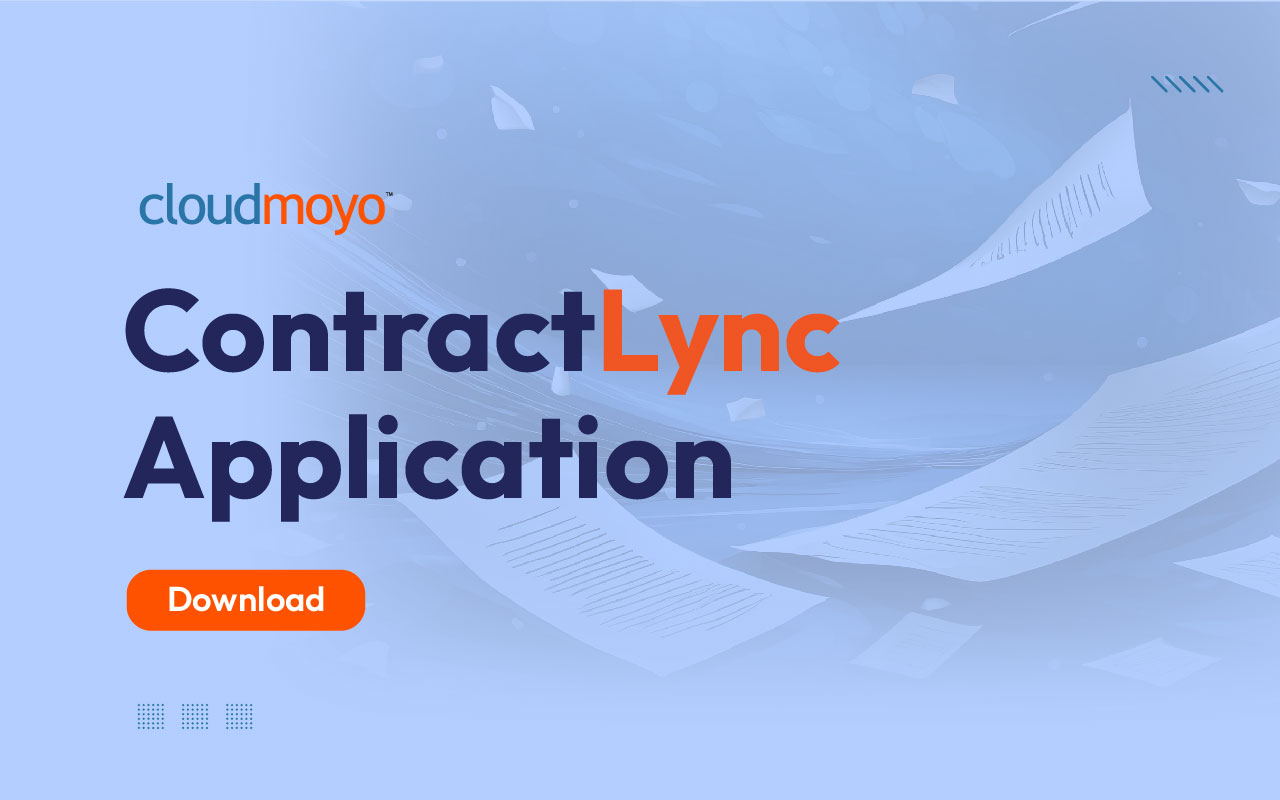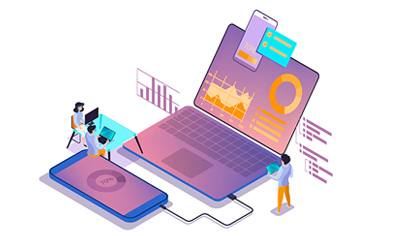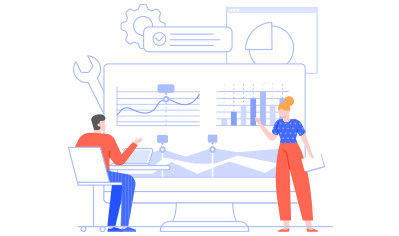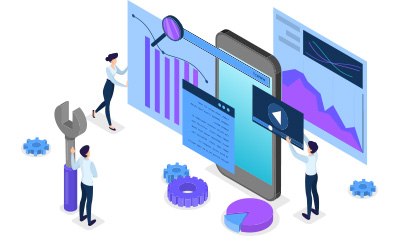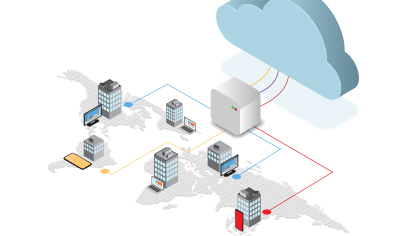Contract Lifecycle Management (CLM) has become an integral part of business processes today. Organizations have contracts everywhere, from vendors to NDAs to buy-side and sell-side contracts.
While many companies have implemented a CLM platform to manage their contracts, they may be limited to specific users like members of the legal department. However, contract intelligence can be expanded organization-wide with the integration of the CloudMoyo ContractLync application.
Built and deployed on Azure App Service, this customizable application allows users outside an organization’s CLM platform to create contract and legal requests as well as locate legal documents securely with ease, streamlining the contract lifecycle management process.
Want to learn more about ContractLync? Visit our product page and download our complimentary infographic!
Want to learn more about CloudMoyo’s services? Check out the rest of our website or get in touch with our teams at marketing@cloudmoyo.com 🚀










